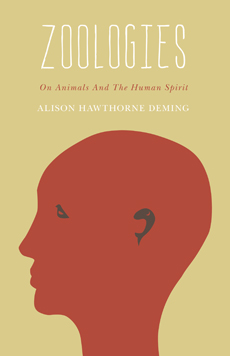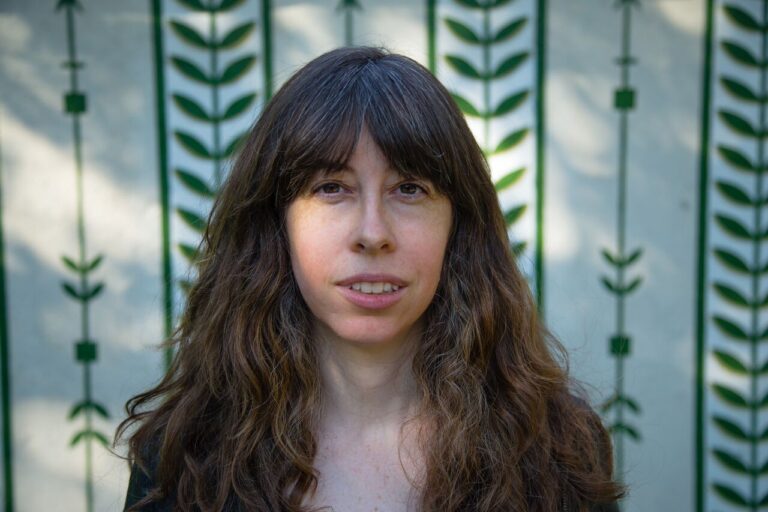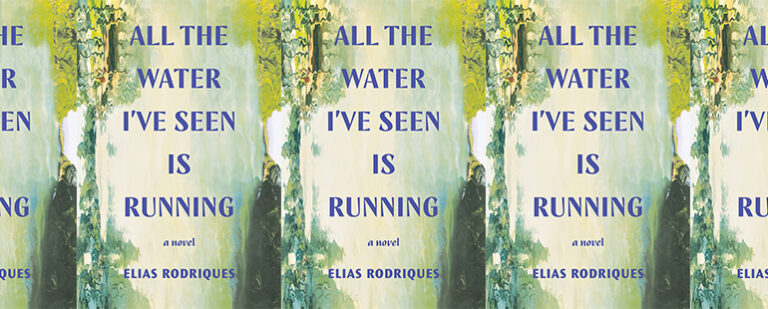Don’t Go See World War Z!
Hollywood’s latest apocalyptic zombie romp, World War Z, could have been great. If it followed the lead that the book set out, it could have portrayed a nuanced view of life ten years after the world was overrun by zombies. When the book was turned into a movie, however, it lost the breadth of human experience that made it a story worth telling.
In the book, the zombie pandemic—or “World War Z”—completely transforms both human society and the natural environment. Most nation-states collapse and leave fragmented armies as their only remnant; the skies become clogged with ash; children (dead and undead) are eaten.
The book follows a decades’ worth of recollections about the complexities of the world that descends into chaos—a world in which a prophylactic-against-zombiehood wonder drug (Phalanx) is FDA-approved but does nothing, a celebrity house is overrun and decimated by desperate survivors in a reality television show, and many world leaders ignore the threat as the product of an impossible, crackpot theory. Systems of all types fail. Survivors who battled through the collapse of civilization give their oral histories.
These narratives are framed as an anecdotal series of accounts derived from interviews collected together ten years after the pandemic; the point of the collection is to supplement the “United Nation’s Postwar Commission Report” on the war. The documentary conceit of the book, achieved by the collection of oral histories, is powerful and distinctive. It’s a conceit the film ignores, to its detriment. My take on the adaptation differs from that of fellow blogger Brenna Dixon. (Check out her playlist for the novel.)
The Book’s Oral Histories
Each interview in the book begins with a short explanatory paragraph from the report’s framer about the background, location and current activity of the person interviewed. As in all good books, the individual voices in these first-person narratives are so specific that they become, somehow, universal. Brooks does an amazing job of capturing the variety in North American dialect, demeanor and outlook. Though he sometimes falters—in a book with dozens and dozens of different characters, some of the voices (particularly the voices of female and non-American characters) run together—his overall achievement is impressive.
All of this might sound like an interesting premise for a film, right? Yet the film’s producers went for suspense—they avoided complexity and nuance in favor of blow ‘em up scenes, airplane crashes, and poorly executed zombie chase scenes apparently designed to maximize the capabilities of cinema surround sound. It focuses on one character—Brad Pitt’s Gerry Lane, a white, upper-middle-class, North American, whose hetero nuclear family weathers the outbreak through its first few days. The biggest (and almost only) similarity between the film and the book is their title, a fact which the Oatmeal (a webcomic) illustrates with a Venn diagram.
Shallow Characters Removed Potential for Great Story

The film’s characters are shallow sketches with little backstory. (“The Walking Dead” does a better job of handling character development.) Jurgen Warmbrunn is one of the few characters who appears in both the book and the film. However, he’s underdeveloped and uninteresting in the film—a cardboard character reduced to his role as the leader of the Israeli intelligence service Mossad. And despite the film being nearly two hours long, all we learn of Gerry Lane is that he loves his family, hates zombies, and used to investigate war crimes: points made plain at the outset of the film with a tiresome, derivative family scene.
A film styled like a fictional documentary could have closely followed survivors throughout each scene that makes up their story. We could have met, among others, Roy Elliott, the filmmaker whose films reversed the tide of “Apocalyptic Despair Syndrome” in a United States decimated by zombie hordes; Kwang Jingshu, the doctor in a remote area of China who met “Patient Zero”; Paul Redeker, the former apartheid official who devised a pragmatic strategy that worked for the post-apartheid government; Jesika Hendricks, who survived cannibalism and harsh winters after many people fled north.
What Was Lost
The film cheapens the book’s portrayal of trauma. What little is accomplished is accomplished by a Hollywood caricature of human life. In the film, it is plain that the world has ended, but it neither raises nor answers the big question: how has human civilization continued?
The structure and content of the book makes it very much like a fictional version of Svetlana Alexievich’s “Voices from Chernobyl”. Both books explore what it means to deal with great uncertainty and anxiety in the face of disaster over a large group of people, whereas the film narrows the scope of disaster to one person. By being told through only one narrative, the film does a grave disservice to the multiplicity of voices affected by disaster.
So my recommendation is to avoid the film and explore other, complex representations of zombie pandemic. And above all, start with World War Z the book.


